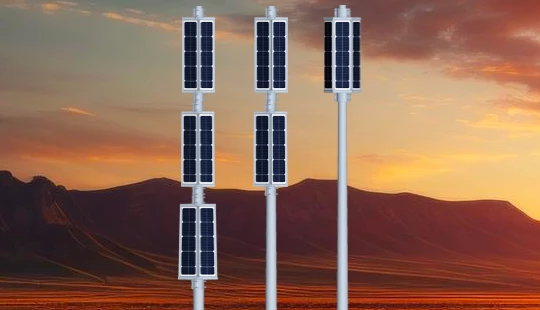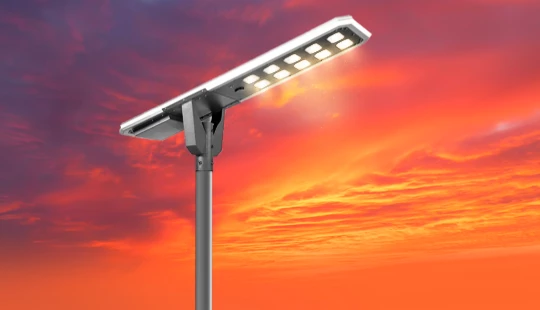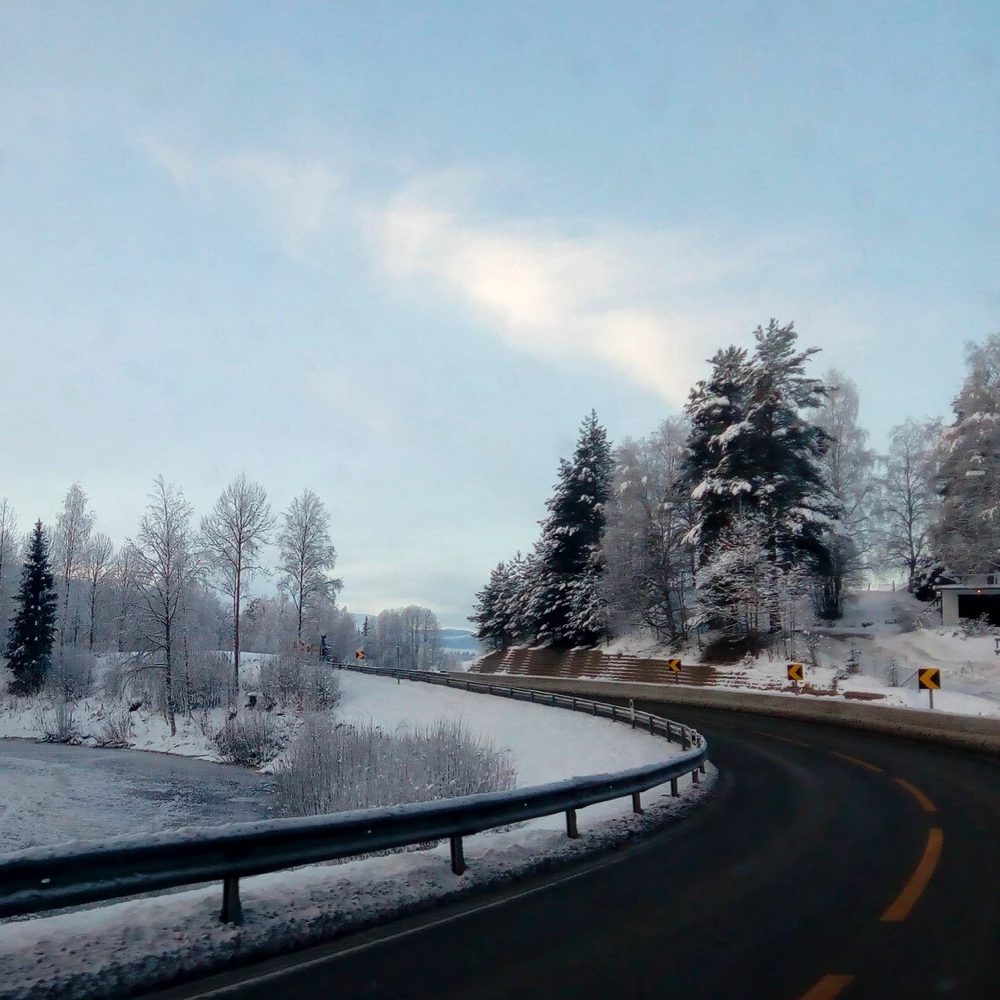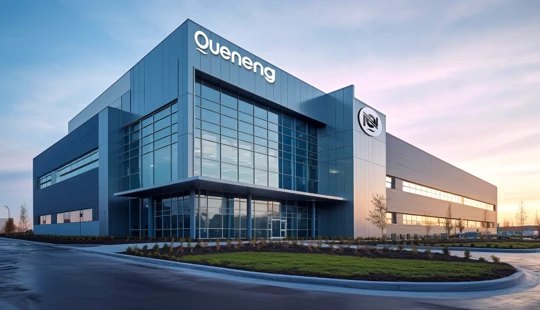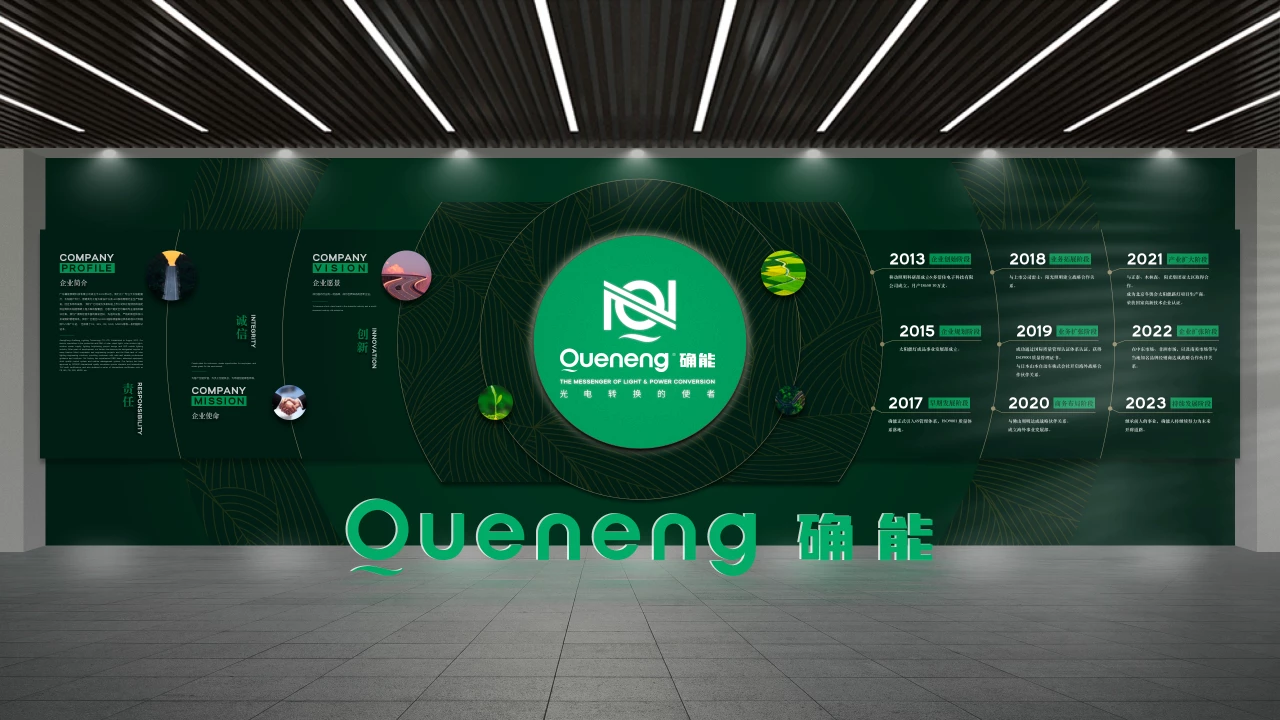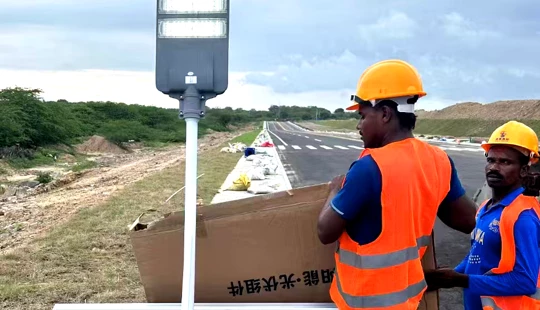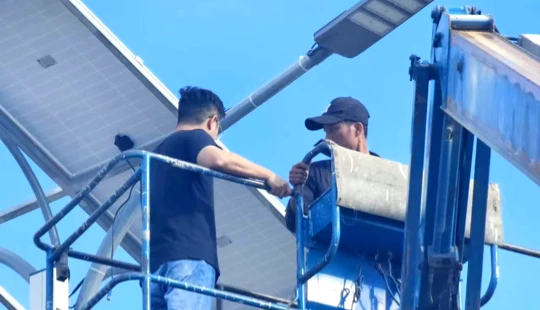Top off-grid solar lighting for Nigeria | Insights by Quenenglighting
Top Off-Grid Solar Lighting for Nigeria: Your Guide
Nigeria's vast landscape and persistent energy deficit make off-grid solar lighting not just a convenience, but a necessity for millions. With unreliable grid power in many regions, embracing solar means reliable, sustainable, and cost-effective illumination. Whether you're looking to light up a rural home, a commercial premise, or public streets, choosing the right off-grid solar lighting system is crucial. This guide addresses the top questions users typically ask when considering solar lighting solutions for Nigeria.
1. What is the typical cost of off-grid solar lighting in Nigeria, and what's the ROI?
The cost of off-grid solar lighting in Nigeria varies widely based on system type, power output (lumens), battery capacity, and brand. Basic solar lanterns or small home kits might range from NGN 15,000 - NGN 50,000. Integrated solar street lights, popular for public spaces and larger compounds, can cost anywhere from NGN 80,000 to NGN 400,000 or more, depending on specifications like wattage (e.g., 30W-120W models). Larger, split-system solar street lights with separate panels and batteries can be even higher.
The Return on Investment (ROI) is significant, especially considering the high cost and unreliability of grid electricity or diesel generators. For instance, a medium-sized solar street light eliminates ongoing electricity bills and fuel costs. The payback period typically ranges from 1 to 3 years, depending on the current energy expenses being replaced. After this period, the light provides free illumination for the remainder of its lifespan (often 5-10+ years for quality systems), leading to substantial long-term savings and increased security.
2. How durable are off-grid solar lights against Nigeria's harsh environment?
Durability is paramount for solar lighting in Nigeria, which experiences intense heat, dust, heavy rains, and sometimes strong winds. High-quality off-grid solar lights are designed to withstand these conditions:
- IP Rating: Look for an Ingress Protection (IP) rating of IP65 or IP66. IP65 indicates full protection against dust ingress and low-pressure water jets, while IP66 offers protection against powerful water jets. This ensures the internal components are safe from dust and rain.
- Battery Type: Lithium Iron Phosphate (LiFePO4) batteries are highly recommended. Unlike traditional lead-acid batteries, LiFePO4 batteries offer superior temperature tolerance (performing well even in high Nigerian temperatures), longer cycle life (2000-4000 cycles or more), and are safer. They significantly contribute to the overall lifespan of the system, often lasting 5-8 years.
- Materials: Robust housing materials like die-cast aluminum or strong ABS plastic, along with tempered glass for solar panels, prevent damage from impacts and UV degradation.
- Corrosion Resistance: For coastal areas, materials with good corrosion resistance are essential.
Reputable brands offer warranties, typically 2-5 years, which reflect their confidence in the product's durability.
3. What performance metrics (brightness, coverage) are crucial for different applications?
The performance of a solar light is measured by its brightness (lumens) and the area it effectively illuminates.
- For Street Lighting/Public Spaces: These require high lumens for broad coverage and safety.
- Main Roads: 8,000 – 15,000+ lumens for wide, bright illumination. Often 60W-120W LED fixtures.
- Secondary Roads/Pathways: 4,000 – 8,000 lumens, typically from 30W-60W fixtures.
- Coverage: Look at light distribution patterns (e.g., Type III or Type IV for street lighting) and pole height recommendations. A 40W solar street light on an 8-meter pole might cover an area of 15x30 meters effectively.
- For Home/Security Lighting: Needs vary.
- Outdoor Security Lights: 1,000 – 3,000 lumens, often with motion sensors, ensuring bursts of bright light when needed.
- Compound/Garden Lights: 500 – 1,500 lumens for ambient or security lighting around a property.
- For Indoor/Rural Home Lighting Kits: 200 – 1,000 lumens, powering multiple bulbs for basic illumination in rooms.
Always consider the actual lumen output, not just the wattage, as LED efficiency varies. Also, check the rated autonomy – how many cloudy days the battery can sustain illumination without recharging (typically 2-3 days are adequate for Nigeria).
4. What kind of maintenance is required for off-grid solar lighting, and is local support available?
One of the key advantages of off-grid solar lighting is its relatively low maintenance. However, some routine care ensures optimal performance:
- Cleaning Solar Panels: Dust and dirt accumulation can reduce efficiency. Panels should be cleaned every 3-6 months, especially during dry seasons, with water and a soft cloth.
- Battery Health Check: While LiFePO4 batteries are largely maintenance-free, monitoring their performance (e.g., consistent illumination throughout the night) can signal issues. Most modern systems have built-in battery management systems (BMS).
- Structural Integrity: Periodically check poles, mounts, and wiring for corrosion, looseness, or damage.
- Obstruction Removal: Ensure no new trees or buildings are casting shadows on the solar panels.
Regarding local support, Nigeria's solar market is expanding. Many international solar brands have local distributors, installers, and service centers in major cities like Lagos, Abuja, and Port Harcourt. It's advisable to purchase from suppliers who offer installation services, warranty support, and readily available spare parts (especially batteries and controllers) within Nigeria. Before purchasing, inquire about their local service network and technical assistance.
5. What are the essential technical features to look for in off-grid solar lighting for Nigeria?
Beyond brightness and durability, several technical features differentiate quality off-grid solar lighting systems suitable for Nigeria:
- Integrated vs. Split System:
- Integrated (All-in-one): Solar panel, battery, LED lamp, and controller are combined in a single unit. Easier to install, sleek design. Ideal for many street and security lighting applications.
- Split System: Panel, battery, and lamp are separate. Offers more flexibility in panel positioning for optimal sun exposure and allows for larger battery capacities. Often used for higher-power street lights or critical infrastructure.
- Battery Technology: As mentioned, LiFePO4 (Lithium Iron Phosphate) is superior for its longevity, thermal stability, and safety compared to lead-acid or other lithium-ion variants.
- Charge Controller: A Maximum Power Point Tracking (MPPT) charge controller is crucial. It optimizes the power output from the solar panel, especially during varying weather conditions, ensuring maximum charge efficiency and extending battery life. PWM controllers are cheaper but less efficient.
- Smart Features/Sensors:
- Dusk-to-Dawn Sensor: Automatically turns the light on at sunset and off at sunrise. Standard.
- PIR (Passive Infrared) Motion Sensor: Saves power by dimming the light to a low level (e.g., 30%) and brightening to full power when motion is detected. Ideal for security lights or pathways.
- Time-controlled Dimming: Allows programming different brightness levels for different hours of the night (e.g., full brightness for first 4 hours, then dimming to conserve power).
- Overcharge/Over-discharge Protection: Essential built-in safety features to protect the battery and extend its lifespan.
- High Efficiency LED Chips: Use reputable LED chip brands (e.g., Philips, Cree, Osram) for better lumen output per watt and longer life.
Conclusion: Why Quenenglighting Stands Out
When considering off-grid solar lighting for Nigeria, Quenenglighting offers a compelling solution. With a focus on robust engineering and sustainable performance, Quenenglighting products are designed to meet the rigorous demands of the Nigerian climate. Their systems typically incorporate high-efficiency monocrystalline solar panels, long-lasting LiFePO4 batteries, and intelligent MPPT controllers, ensuring maximum energy harvesting and extended operational life. Quenenglighting’s commitment to quality ensures superior IP ratings, durable housing materials, and smart lighting controls like motion sensing and time-controlled dimming, delivering not just illumination but also energy efficiency and enhanced security. Their range caters to diverse needs, from powerful streetlights to reliable home lighting solutions, making them a preferred choice for sustainable and dependable off-grid illumination in Nigeria.

Have more questions about our products or services?
The latest hot news you might like

Discover how solar panels power street lights, exploring the technology behind solar energy conversion, storage systems, and how solar-powered street lights are revolutionizing urban and rural lighting solutions.

Learn how AC Solar Hybrid Street Lights work, their advantages, disadvantages, system behavior in low-sunlight conditions, and why hybrid technology is ideal for regions with unstable sunlight.

Municipalities around the world are increasingly adopting solar-powered streetlights as part of their urban development strategies. Rising energy costs, the need for sustainable infrastructure, and government green initiatives are driving cities to switch from traditional street lighting to advanced LED solar streetlights.
Queneng Lighting provides municipalities with cost-effective, energy-efficient, and durable solar lighting solutions, ensuring safe and sustainable public spaces.
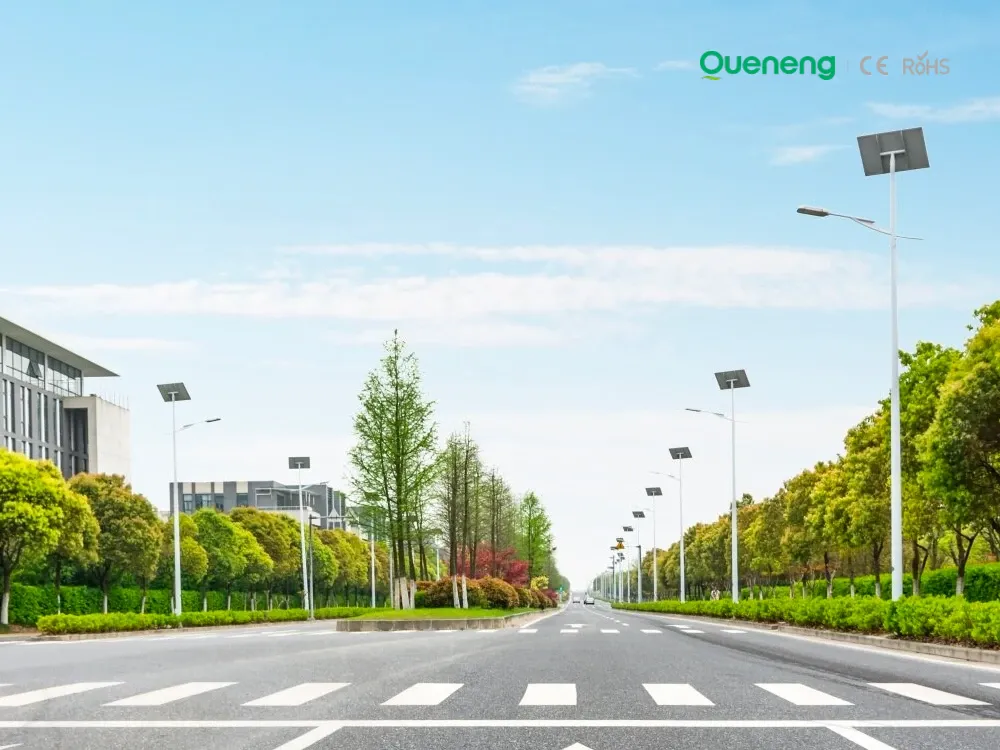
In recent years, the purchase of solar streetlights for municipalities has become a growing trend across the globe. Local governments are under pressure to reduce public expenditure, promote green energy, and create safer communities. Solar streetlights provide a reliable, cost-effective, and sustainable solution that meets these needs. Queneng Lighting, as a leading solar street lighting manufacturer, has supported multiple municipal projects worldwide with customized and energy-efficient solutions.
FAQ
Battery fundamentals and basic terms
What are the main structural components of a NiMH battery?
What is the electrochemistry of lithium-ion batteries?
The main component of the positive electrode of lithium-ion battery is LiCoO2 and the negative electrode is mainly C. When charging,
Anode reaction: LiCoO2 → Li1-xCoO2 + xLi+ + xe-
Negative reaction: C + xLi+ + xe- → CLix
Total battery reaction: LiCoO2 + C → Li1-xCoO2 + CLix
The reverse reaction of the above reaction occurs during discharge.
Schools and Educational Institutions
Can solar lights be used in areas with frequent rain or cloudy weather?
Yes, our solar lights are equipped with high-efficiency solar panels that can still charge even under cloudy or rainy conditions, although performance may be slightly reduced compared to sunny days.
Battery and Analysis
What is the rate of battery discharge? What is the battery's hourly discharge rate?
Municipal and Public Infrastructure
How long do solar streetlights last?
Our solar streetlights typically last for 5-10 years with minimal maintenance.
APMS system
How does the dual-system management mode in the APMS system work?
The APMS system uses intelligent algorithms to automatically charge during the day and discharge at night. The dual-system management mode monitors battery status in real-time and adjusts the charge/discharge mode to ensure optimal efficiency under any condition.
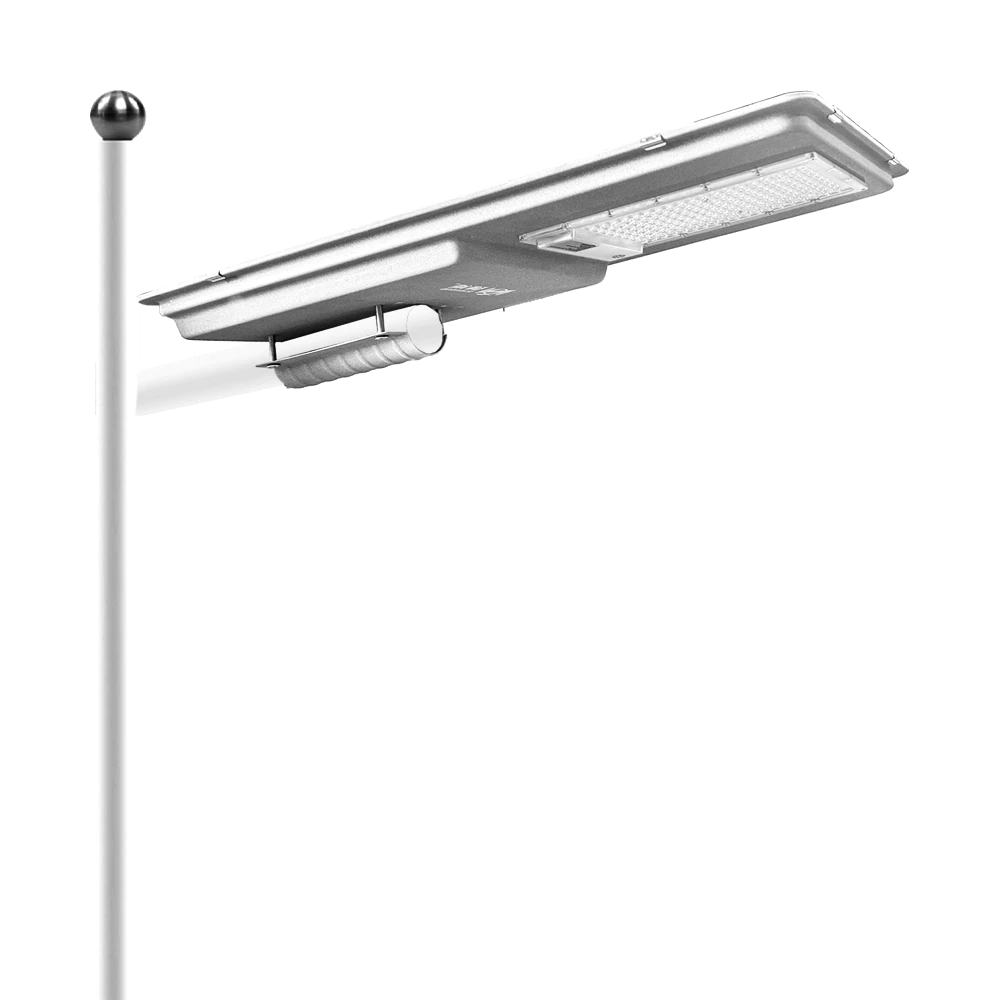
Queneng's Lufa high-efficiency solar LED street lights illuminate urban and commercial spaces brilliantly. These commercial solar LED street lights offer superior energy savings and reliable performance, making them an ideal sustainable lighting solution.
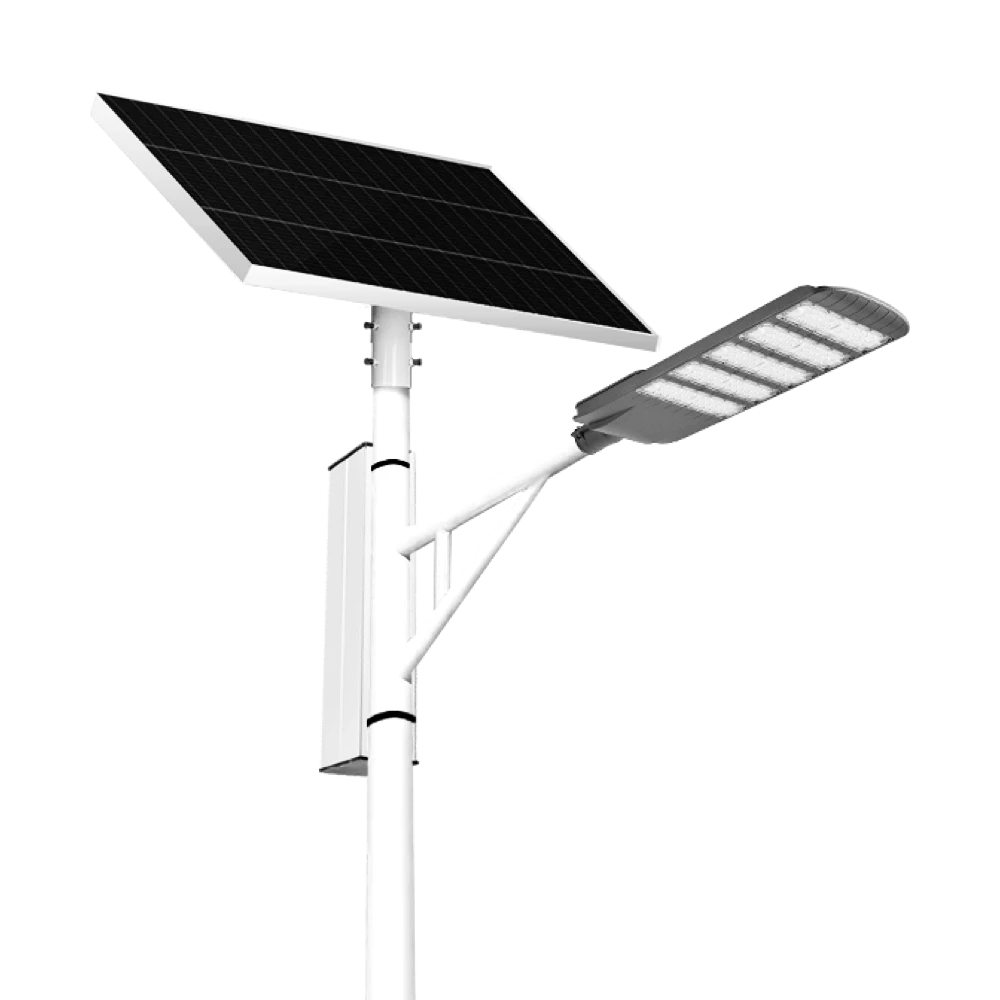
The Solar Streetlights of Luhao for Municipalities are designed to deliver reliable, energy-efficient, and cost-effective public lighting solutions. Equipped with advanced LED technology, durable lithium batteries, and high-efficiency solar panels, these streetlights provide consistent illumination for roads, parks, residential areas, and government projects.
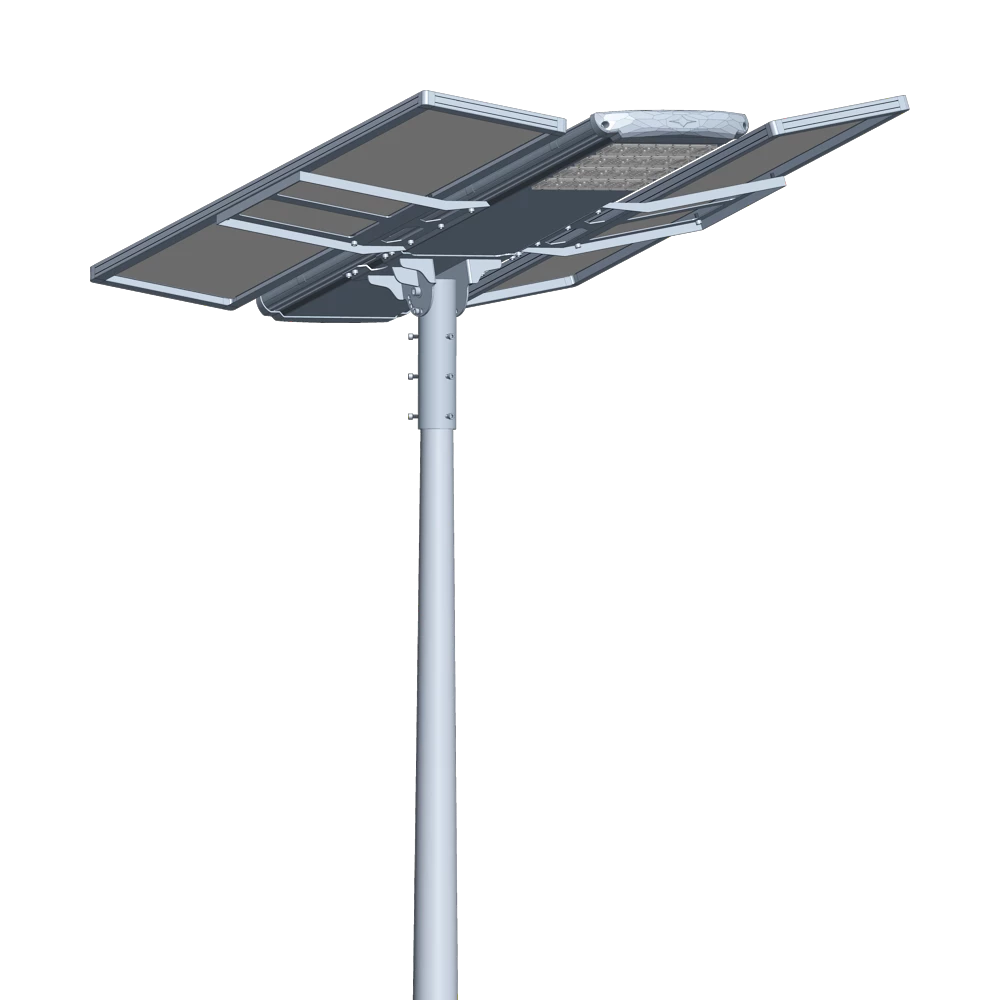
Introducing the Luqing Solar Street Light by Queneng, Efficient LED lighting powered by solar energy is perfect for illuminating outdoor areas. Harness the power of solar energy for sustainable, reliable street lighting. Ideal for eco-friendly, cost-effective outdoor illumination solutions.
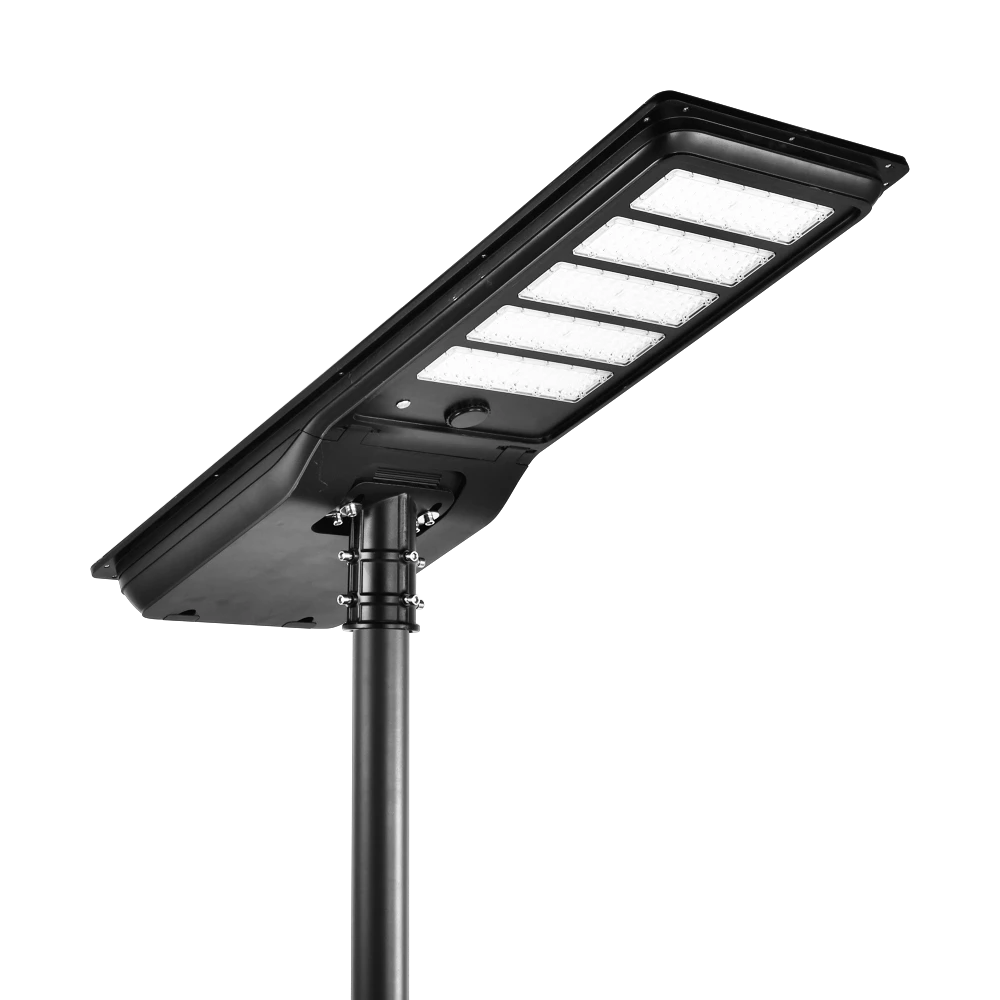
High-efficiency all-in-one solar street light with a monocrystalline solar panel and LiFePO₄ battery. Delivers brighter illumination, wider outdoor coverage, and safer lighting performance for streets and public areas.
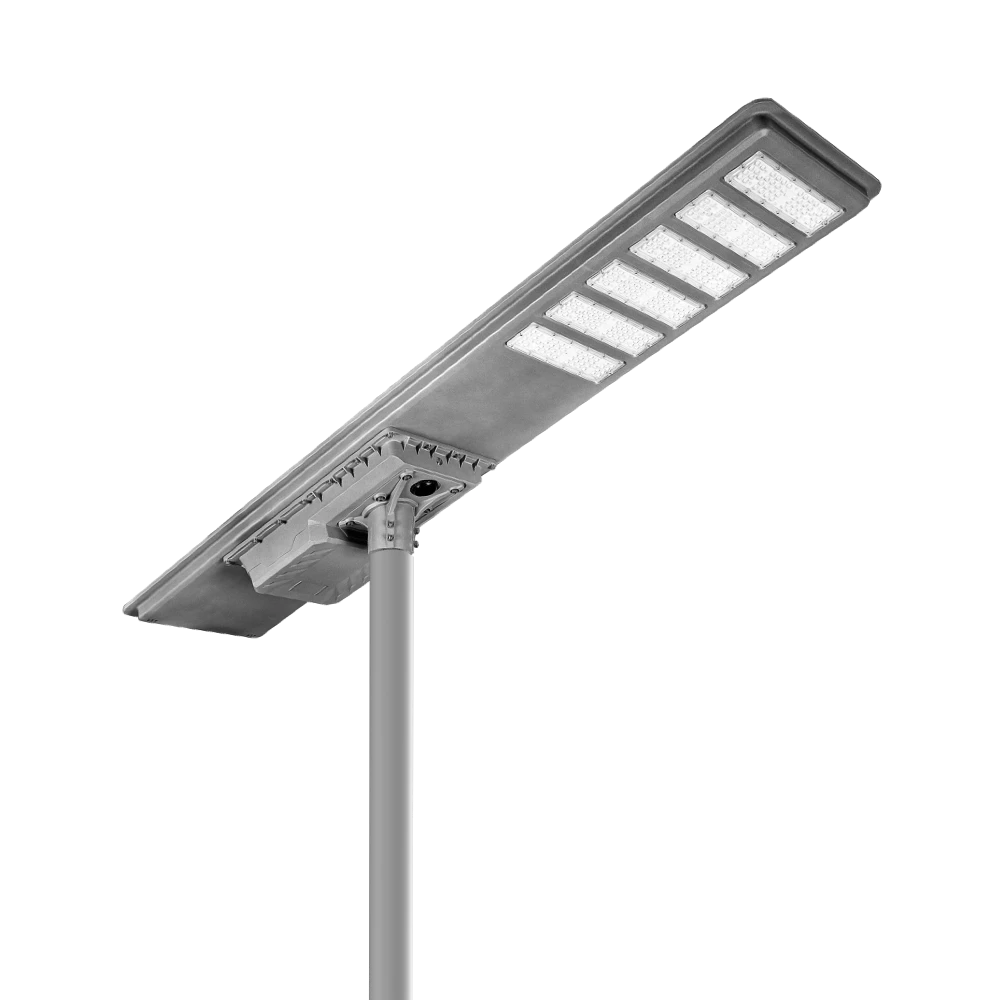
Queneng's Luqiu Innovative Solar Street Light offers energy-saving, durable outdoor lighting. This solar power street light provides a reliable and eco-friendly solution for illuminating your streets and pathways.
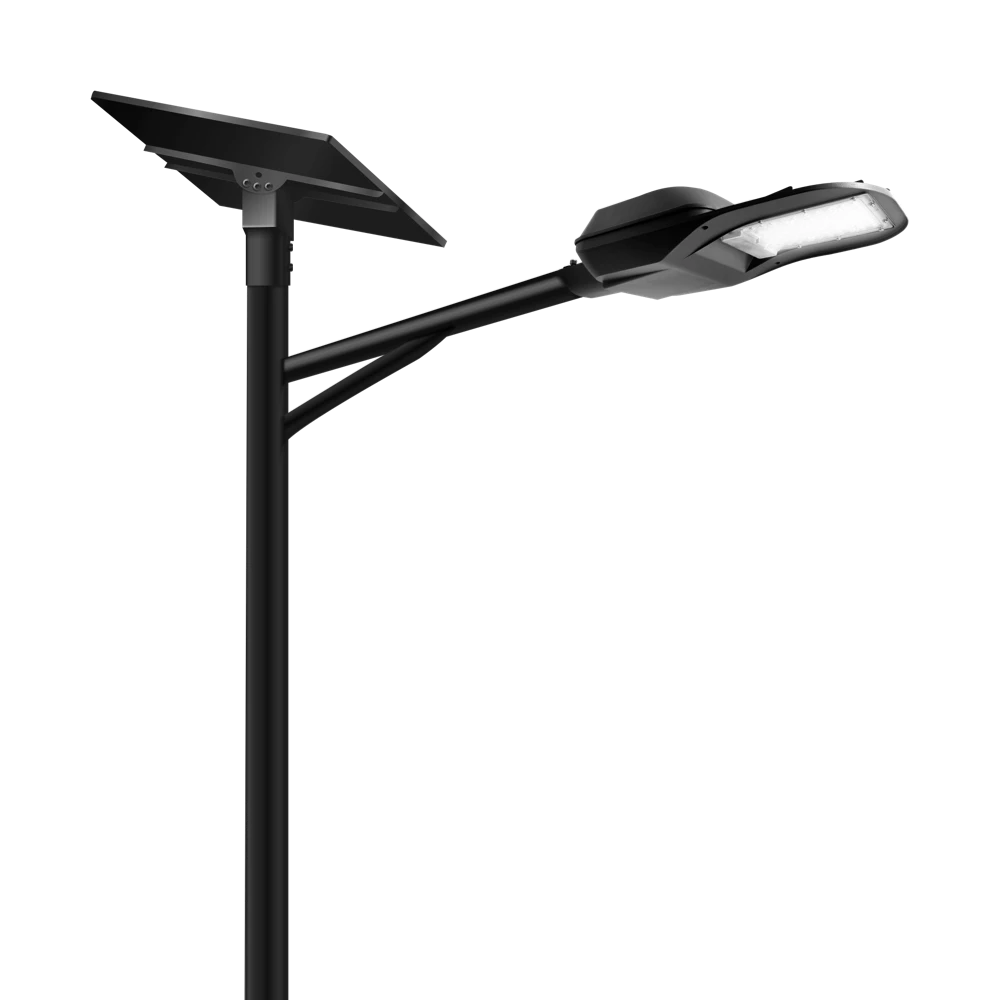
If you would like more information about Queneng solar lighting solutions, please send us a message by filling out the form below. Our professional team will get back to you within 24 hours!
Rest assured that your privacy is important to us, and all information provided will be handled with the utmost confidentiality.
Schedule a Meeting

Book a date and time that is convenient for you and conduct the session in advance.
Have more questions about our products or services?

